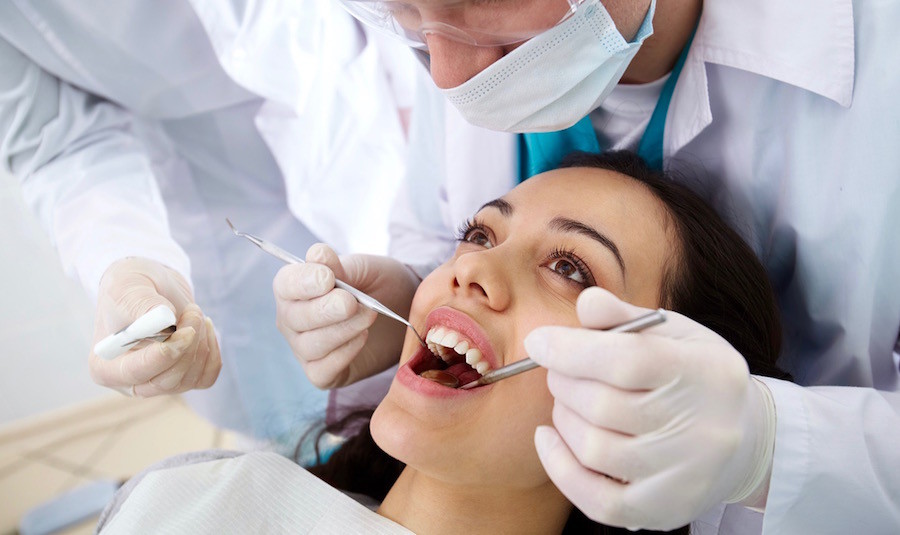
The mouth, or oral cavity, in anatomical terminology, is the opening through which air and food to enter the body; it is characterized by the jaws, soft palates, lips, and jaws. The mouth also opens to the outside in the front and closes to the back; its interior boundaries are determined by the soft palates and teeth, the jaws, soft and hard palates, and the tongue. The jaw is a cartilaginous muscle (joint) that provides strength to support the upper jaw when it extends over the top of the lower teeth. When closed, it provides strength for protection from biting or for moving food forward. A mandible is a bone that supports both the upper and lower jaw.
The oral cavity, also known as maxillary sinus cavity or inguinal canal, is the part of the mouth where saliva secreted from the gums meets with saliva secreted by the salivary glands. Saliva secretes mucus that helps trap food particles and prevent the passage of these particles to the intestines. Saliva secretes hormones and enzymes that aid in digestion. The tongue, also referred to as maxillofacial tongue, is a very long, thin, cilia-like organ that is situated between the mandible and the upper jaw.
The tongue has no odor because it is covered with cilia. It serves as the attachment site of many mucous glands including the paranasal glands that produce saliva.
The teeth, referred to as dentin, are a protective covering to protect and support the bones of the upper jaw and teeth. They help in chewing and movement of the jaw. The tooth roots run up to the gum line; they are used to pull food particles away from the teeth, supporting the tooth enamel and helping maintain the enamel’s color and texture. The teeth are also used to stop food from falling out and to create an opening for swallowing.
Denture refers to the process of removing the dentin from the mouth. Dentists remove the dentin by cutting into the bone at a very precise angle and then making incisions where the dentin is not exposed to the patient. Denture removal can be done through open dentureoplasty, by inserting a titanium screw to cut into the bone, or by making an incision in the dentin’s outer layer and lifting it away with a hook like tool.
Dentures are made of synthetic materials and the tongue is kept attached to them. They help keep the dentin in place and provide a barrier against air to keep the bite from drying out.
An implant refers to the replacement of a missing tooth or teeth. The most common implant is a partial denture, which is an artificial tooth or multiple teeth taken from the jawbone and placed in one or more cavities or missing teeth. You can learn more about this type of prosthesis on the website stockbank.com.sg. Another common implant is a bridge, which is a combination of two or more dentures or artificial teeth in one or two different locations. Dental implants are made from composite materials and are usually made from titanium or composite materials that are implanted under the gum line.
Dentists treat three cavities: periodontium, periodontium, enamel and tooth crowns. Periodontal disease is inflammation or destruction of bone tissue and tissues covering the tooth root and bone. Periodontal disease is a progressive disease and occurs when the bone in the gum sinks due to age. The bone will break down from the gums to other areas of the jaw.
The root of the tooth, which is the part of the tooth that supplies nutrients to the bone, is damaged with age and the bone no longer supports the tooth. When the bone is not supporting a tooth, it will not remain in the gum and will eventually fall out of the mouth. The enamel on the tooth, which is the top of the tooth, begins to chip off and break down from normal daily wear and tear.
Periodontal disease can occur in any tooth. However, it is most often associated with chewing plaque-forming foods or removing plaque with over-the-counter toothpastes, especially if they contain sugar or acidic ingredients. or when they are used for a long period of time.
Periodontal disease is caused by bacteria and plaque. These bacteria thrive in acidic environments, making teeth susceptible to damage.
Leave a Reply